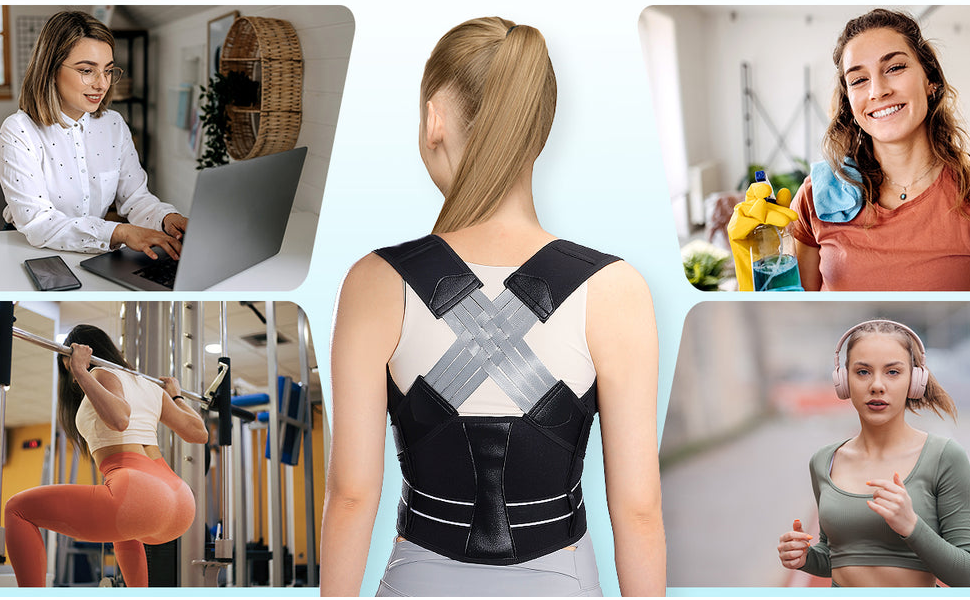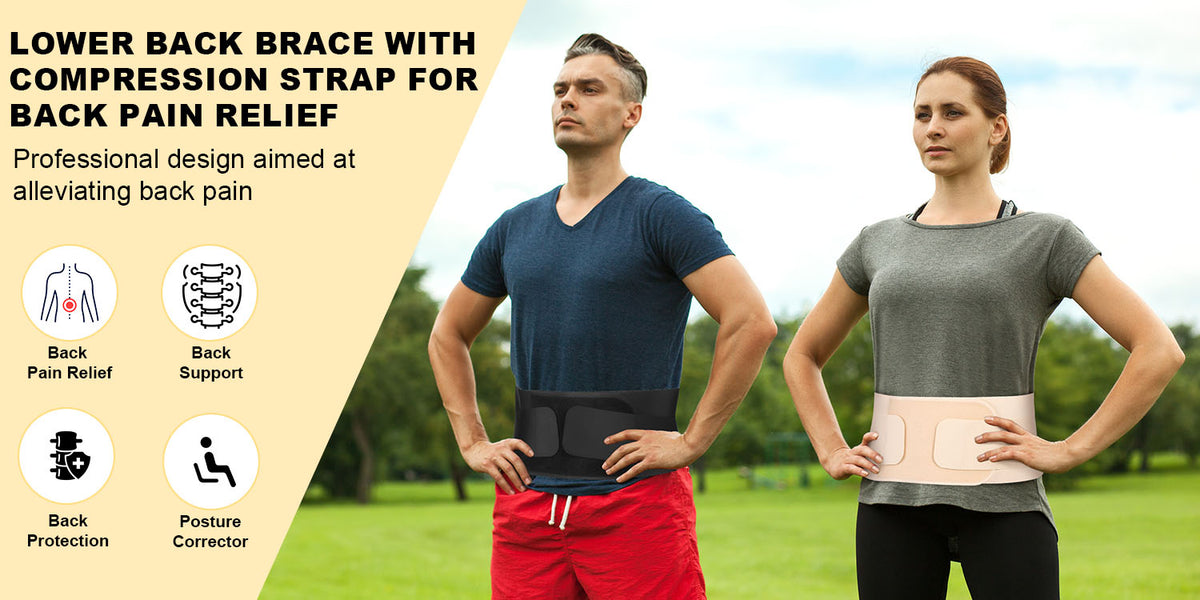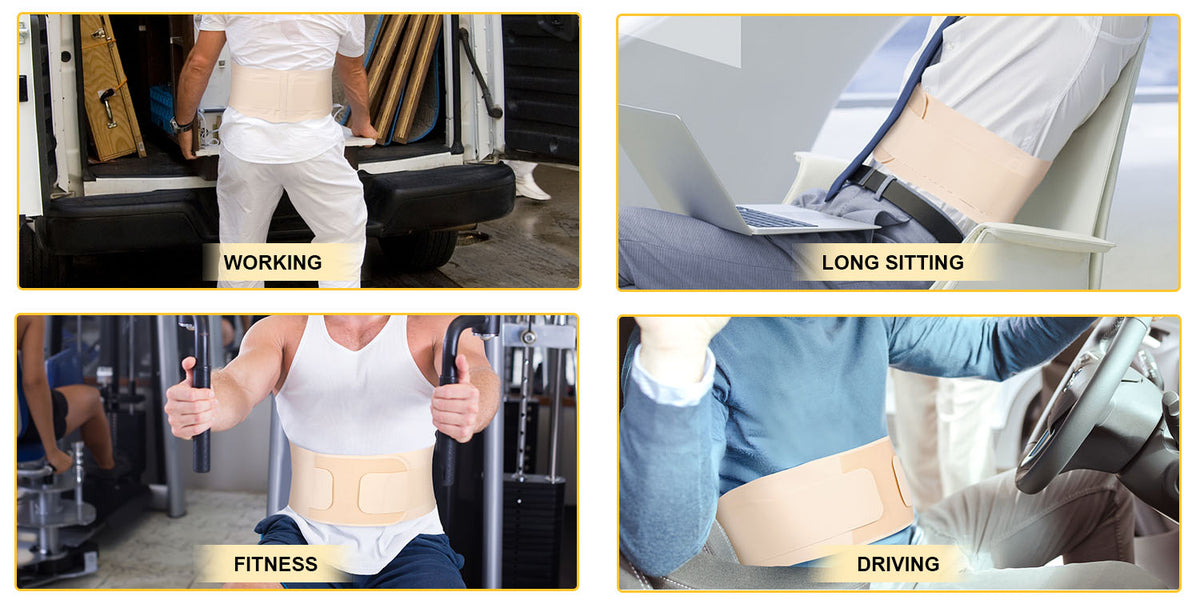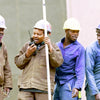Do Best Back Braces Really Help Back Pain

The answer is yes. Back braces can give you some indirect relief from back pain by helping to reduce spinal load, correct your posture, prevent injuries during workouts, and also assist in post-injury recovery.
However, it depends on the usage scenario and individual variances whether the Fivali brace is effective. For example, it is more pronounced during exercise, prolonged sitting, or after surgery recovery.
Reduce the Load on the Spine
Pressure Change Example
| Scenario | Normal (N) | With Brace (N) | Pressure Reduction (%) |
|---|---|---|---|
| Standing | 1000 N | 700 N | 25%-30% |
| Lifting Heavy Objects | 1500 N | 1050 N | 30% |
After wearing a back brace, the load on the back is more evenly distributed, which can effectively reduce the pressure on the spine, especially when standing or carrying weight for a long time.
A study by the American Spine Surgery Association showed that after patients with lumbar disc herniation wore pro back braces, their pain decreased by 35% within 3 months and the recurrence rate decreased by 18%.
Correct Posture
You can prevent posture-related back pain by using a full back support brace that offers adequate support to areas like your lower, mid, or upper spine area which helps keep excess bending and twisting in check. This benefits those members who have to be in a tense posture for long hours when doing their daily routine.
Published research in the Occupational Health Journal 2022 showed that after wearing back braces, users exhibited a less wrong posture rate of up to 40% and experienced lower back pain as much as twenty-five percent. 85% of sedentary office workers had an increase in lumbar support and noticed a marked improvement in comfort while working for longer hours.
Back Protection During Exercise
The protective gear can effectively protect the back of fitness in sports, especially when doing strength training and high-intensity exercise; it is not easy to twist muscles.
A survey in the Journal of Sports Medicine 2021 that athletes who were doing squats and deadlifts presented back compression by at least between 20% to 25%, when they had protective gear on. Also, 70% of the athletes confirmed that when exercising with these shields on their bodies they had a low risk for muscle strain and an improvement in athletic performance between 5-10%.
| Exercise Type | Without Brace (N) | With Brace (N) | Pressure Reduction (%) |
|---|---|---|---|
| Squat | 1200 N | 900 N | 25% |
| Deadlift | 1500 N | 1125 N | 25% |
| Bench Press | 1000 N | 800 N | 20% |
| Weighted Walk | 1300 N | 975 N | 25% |
This back support brace not only reduces the potential of a lower back injury but also can improve athletes' high velocity performance.
Assistive Support During Rehabilitation
As the patient recovers after surgery, back braces give stable support which makes sure that there is less chance of a recurrence and also helps in faster recovery. By delivering adequate support for the spine, they can help patients to get back on their feet and comfortable more rapidly.
The clinical data shows back brace for pain wearers reduced their recovery period by 20% and also saw an 18% improvement in rate of pain recurrence. Moreover, 60% of the patients said they were using up to 40% less pain medication when wearing a brace as it made them feel better.
Benefits of Back Braces in Recovery:
- Enhanced spinal stability
- Accelerated healing process
- Reduced reliance on pain medication
- Improved overall quality of life
This supportive function not only aids in physical recovery but also minimizes the need for pharmaceutical interventions, contributing to a smoother rehabilitation experience.
-
Posted in
Back pain causes, Brace, Recovery

















